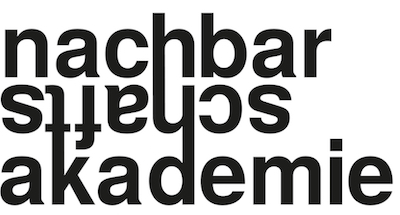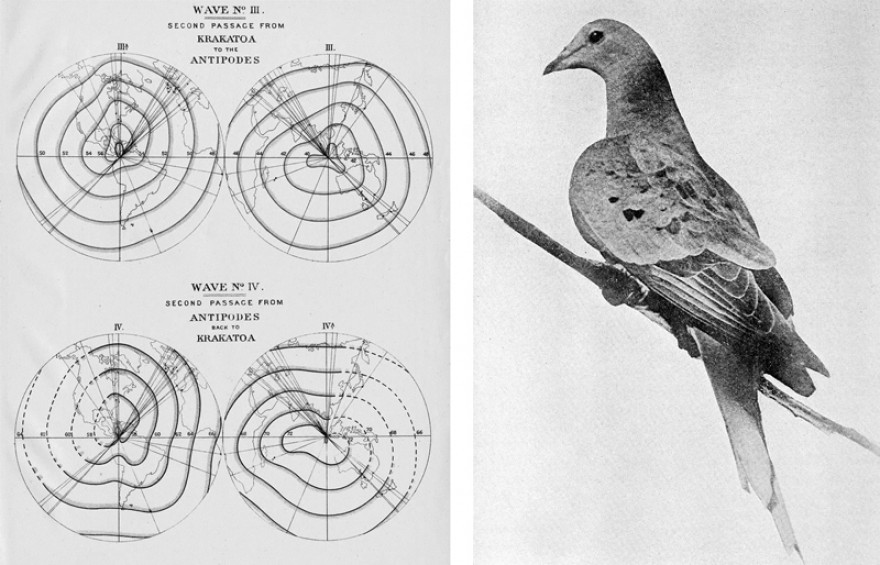»Licht Luft Scheiße [Light Air Shit]. Perspectives on Ecology and Modernity« proposes a diverse series of twentieth-century concepts and practices that resonate with our current ideas of sustainability. They are both historical references and points of departure for novel or updated reflections on alternative ways of living in the globalised world. In light of the on-going destruction of Planet Earth we must fundamentally rethink our relationship to the biosphere and all non-human beings.
The ecological question is nothing new. In response to industrial growth and sprawling urbanisation under capitalism, numerous ›reform movements‹ were launched over a hundred years ago: from cooperative housing associations to anarcho-syndicalist settlements, from self-sufficient urban gardening to ecological agriculture, to concepts for recycling waste. These innovations were based in part on pre-modern knowledge and their significance came more clearly to the fore during the economic and social crises that followed on the First World War. They mirror not only a systematic appreciation of the interplay of human beings and the environment, of nature and technology, but also people’s growing awareness at the time, of the fact that the modern age carries within it the seeds of its own destruction. Too, the Bauhaus, although its architectural programme was far removed from ecological concerns, remained intently preoccupied with the relation of bio-philosophy to functionalism, pursuing a design practice informed by natural structures and processes.
The project’s two-year research phase culminates now in two exhibitions combining contemporary art production and archive material, and a parallel independent programme of education and outreach. These three aspects of the project, along with a number of complementary events and publications, address the past and present of the ecology movement, socio-ecological urban development, garden culture and plant and soil research.
Exhibition at the neue Gesellschaft für bildende Kunst
The selection of archive material, historical sources and artefacts on display at the nGbK dates mainly from the first half of the twentieth century and bears witness to conceptual and practical forerunners of current ecological models and solutions. Highlights, inter alia, are the experiment in self-sufficiency launched by Leberecht Migge and Elisabeth Elsaesser in 1933 on their »Sun Island« in Lake Seddin, near Berlin; and Raoul Francé and Annie Francé-Harrars’ research into, and illustration of, soil organisms.
With: Marte Aas, Tal Alon Mozes, bankleer, Oliver Botar, Thomas Elsaesser, David Haney, Martina Hanusová, Michael Klein & Sasha Pirker, Aglaia Konrad, Joachim Krausse, Wolfram Kunick, Merete Mattern, Joaquín Medina Warmburg, Alessandra Ponte, Daniel Spruth, Tal Sterngast, Gitte Villesen, Yvonne Volkart a.o.
The project is a joint production of: Botanischer Garten und Botanisches Museum der Freien Universität Berlin (BGBM), Martin-Elsaesser-Stiftung, Nachbarschaftsakademie im Prinzessinnengarten Kreuzberg and neue Gesellschaft für bildende Kunst (nGbK).

Artistic directors: Sandra Bartoli, Marco Clausen, Silvan Linden, Åsa Sonjasdotter, Florian Wüst (nGbK project group) Kathrin Grotz, Patricia Rahemipour (BGBM)
Funded by the Bauhaus heute Fund of the German Federal Cultural Foundation
and the
![]()



